What to choose - a mixer or a blender: what they are needed for, what is the difference between them, advantages and disadvantages + reviews
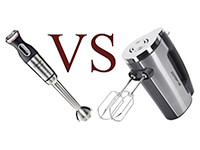 The mixer is known to almost any housewife, because the first simple models of this device were widespread back in Soviet times.
The mixer is known to almost any housewife, because the first simple models of this device were widespread back in Soviet times.
Blender are an improved version of the mixer, and it appeared on the market relatively recently.
The names of these devices are taken from the English words, the meanings of which are almost identical: "to mix" and "to make a mixture.
In fact, the mixer and blender are completely different devices, which have different functionality and are used in different situations.
Contents [Show]
What is a blender for?
The working elements of a blender are Rotating, sharp steel blades. Thanks to this design, the blender easily grinds fruits and vegetables, it can be used for crushing ice, nuts or breadcrumbs.
Chopping capacity depends on the power of the device, in addition, blenders can be manual and stationary type.
A hand blender is similar to a blender, as it consists of a handle with control buttons and an attachment with steel blades, which is immersed in a container. Some models have a special bowl for chopping products, or an additional attachment - a whisk for whipping liquids.
Stationary blender is a body with a container, inside which there are rotating steel blades. To use such a device, you should put the necessary products in a glass, close it with a lid, turn on the blender at a given power, after which the ingredients will be chopped in a few seconds.
Like any device, the blender has some advantages and disadvantages.
Its advantages:
- Chops raw, cooked fruits and vegetables, as well as solid foods;
- has a high speed;
- is able to grind food to a homogeneous consistency;
- With additional attachments is able to perform many actions.
Disadvantages:
- Mixed foods lack airiness;
- Due to the high speed of the blender quickly heats up and often requires a break in operation;
- Makes a loud noise;
- the immersion type is only able to chop a certain amount of food, so it needs to be constantly guided.
What is a blender for?
The difference between a mixer and a blender is that the former provides food mixing thanks to rotating whiskes made of durable metal.
Such a device allows you to mix and whip liquid products, so it is used for whipping eggs, cream, creams, dough and making cocktails.
Mixers differ in the degree of performance, and are also divided into manual and stationary devices.
A hand mixer is a device with a handle and attachment in the form of a whisk. When working, it is immersed in a container with the products. It is great for whipping and blending liquid ingredients, but this device will not cope with the harder components.
Stationary mixer - just like a blender, it consists of a container placed on a body with control buttons. It is used in the same cases as a hand mixer, the only difference is the convenience, because such a device frees your hands.
Usually, a stationary mixer is equipped with a special bowl, the volume of which is up to 2 liters, a whisk attachment and a special attachment for kneading thick dough.
It can be noted that the power of a hand mixer is usually 400 watts, and a stationary mixer can reach up to 700 watts. Accordingly, the speed of the manual device is almost 2 times less. This can be both a disadvantage and an advantage, because at low speed the mixture of products is better saturated with air.
The popularity of the mixer is due to the following advantages:
- It allows you to obtain an airy and puffy mixture;
- it is suitable not only for beating liquid components, but also for kneading dough of different consistency;
- Does not overheat during work, so it can be used for a long time;
- It provides fast and comfortable whipping.
Of course, the device has its disadvantages:
- is not suitable for chopping ingredients;
- It will not cope with excessively thick or solid product;
- the scope of application is limited to liquid and semi-liquid components;
- Makes noise when working.
The disadvantages can also include the fact that the stationary mixer takes up a lot of space (which is not always convenient in the limited space of kitchens), but the same applies to the stationary blender.
What is the difference?
In the process of cooking there is often a need to whip, mix or grind various products, and it is worth noting that for many operations you can use both a mixer and a blender.
To understand which device should be used in each case, you can use a special table of the most common operations with products.
| Type of operation | Blender | Blender | |
|---|---|---|---|
| Stationary | Manual | ||
| Vegetable/fruit slicing | yes | medium | no |
| Mashing | yes | medium | no |
| Grinding nuts / breadcrumbs | medium | yes | no |
| Ice crushing | yes | medium | no |
| Cocktail making | yes | medium | medium |
| Whipping egg whites/yolks/eggs | no | medium | yes |
| Making homemade mayonnaise | no | no | yes |
| Liquid pancake batter | medium | medium | yes |
| Dough with the consistency of thick sour cream | no | medium | yes |
| The dough for pies | no | no | yes |
Which is the better choice?
It is best to have two devices in the kitchen at once, designed for different operations. If circumstances are such that it is necessary to choose one thing for the house, then you should first evaluate the advantages and disadvantages of each device.
First of all, you should decide what dishes are most in demand in your family. For example, if you like to cook baked goods or a variety of desserts, then you will definitely need a mixer. If you have a small child, or if you often prepare pureed dishes, then the blender will be perfect.
It should be understood that the mixer is used for mixing and whipping liquid components, but it is not designed for chopping. The blender, in turn, is able to chop not only fruits and vegetables, but even nuts or ice.
The mixer can not perform the functions of a blender, while the blender in some cases successfully replaces the mixer, it can be used to whip cream, eggs or sauce, to prepare smoothies or smoothies.
Mixers tend to have less power, so even with an attachment with knives, they will not make as good a mixture as a more productive blender.
Mixer and blender - 2 in 1
The dramatic difference in the main purposes of the mixer and blender has led to the emergence on the market of combined devices, such as blenders with the function of a mixer.
In addition, it is possible to encounter advanced combines that not only chop and whip foods, but are also able to squeeze juice, chop meat, grind coffee and cereals, etc.
The most common devices are "mixer-blender 2 in 1", but sometimes there are even 3 in 1 models. As a rule, they have a compact size, cope well with their tasks, and their cost is quite acceptable and will not become a hole in the family budget.
Devices "two in one" equally perform the functions of both a mixer and a blender. This is very convenient because you can grind vegetables at once, mix them in the desired consistency, make a puree, add whipped egg white - the variety of operations is limited only by the availability of products in the house.
The most simple hand blenders consist of the following parts:
- The body with the control unit;
- Chopper attachment with steel blades, which is used as a blender;
- whisk attachment, necessary for whipping liquids.
At the other end of the model range are serious devices with high power, significant capacity and increased bowl volume (up to 6-7 liters). As a rule, such devices are used in large families, where they like to cook a variety of dishes frequently.
Their disadvantages include the following points:
- high cost (up to 10 thousand rubles);
- high noise during operation;
- considerable power consumption;
- complexity of operation.
In some devices, the power depending on the functions performed is distributed unevenly. In addition, an oversized device can weigh up to 10 kg and requires constant space in the kitchen, which is not always convenient in conditions of limited space.
Most often used budget small models, which have quickly gained popularity in the market of goods for the kitchen. They are easy to use, have sufficient power, quality and inexpensive.
The possibilities of such a device "two-in-one" are quite enough to meet the needs of an average family, if from time to time you need to whip eggs or cook vegetable puree.
Consumer reviews
Below are consumer reviews of what they use - a mixer or a blender:
Unable to get user reviews: Internal error
Conclusion and Conclusion
A blender and a blender are completely different devices, although at first glance it may seem that they perform the same functions.
In fact, each of these devices is used for specific culinary tasks. The choice between a mixer and a blender should be made based on personal needs. In addition, you should not forget about devices that combine the capabilities of these two units.
Useful video
The video tells the difference between a blender and a mixer:



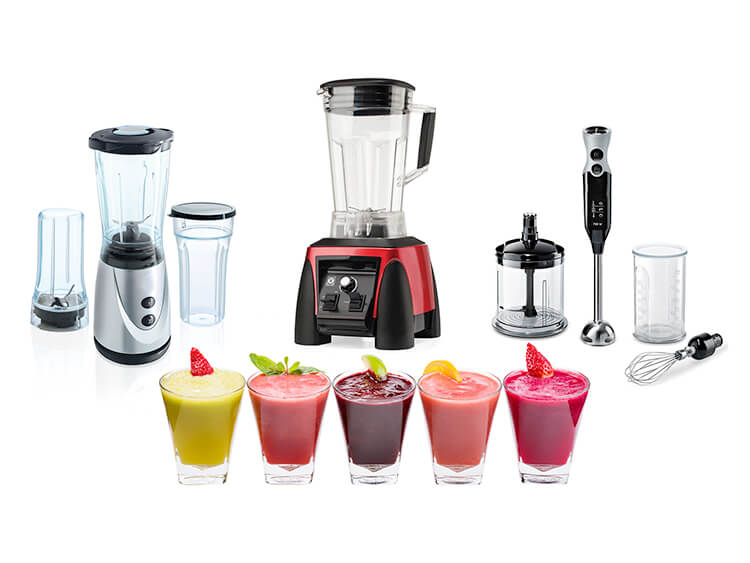
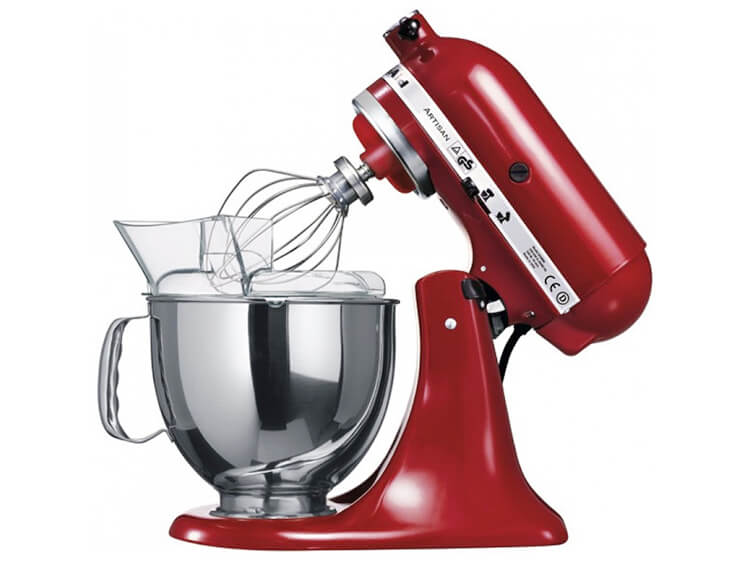
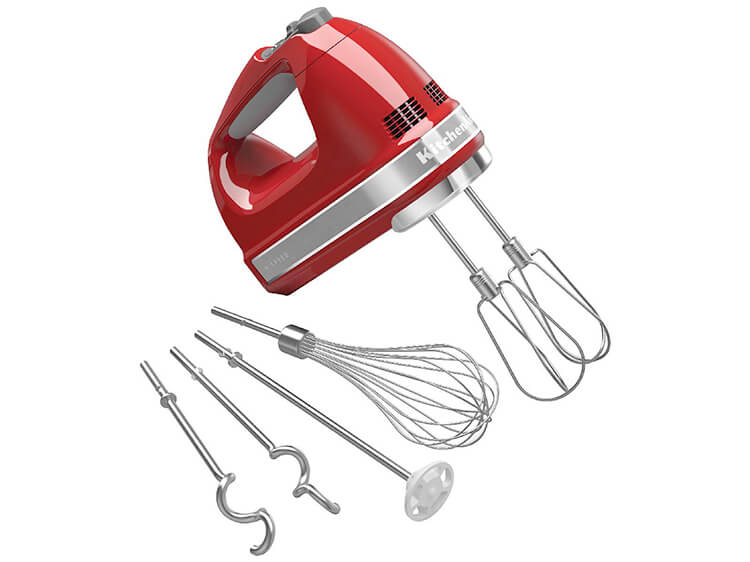
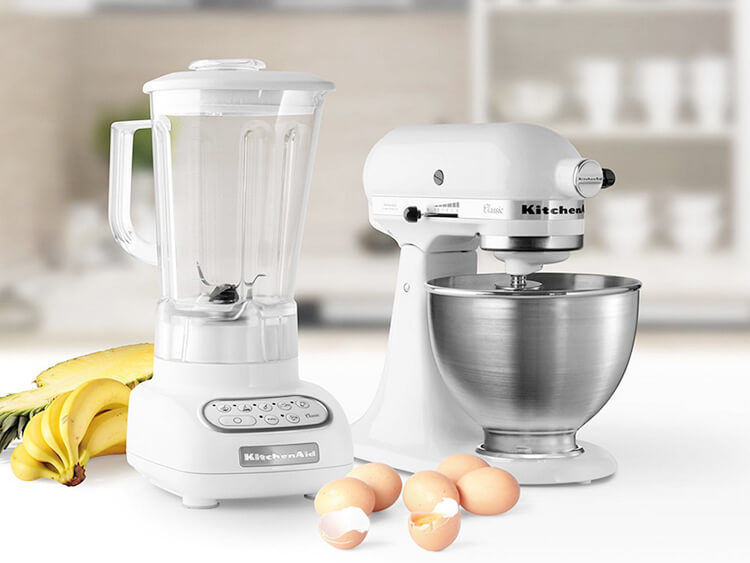
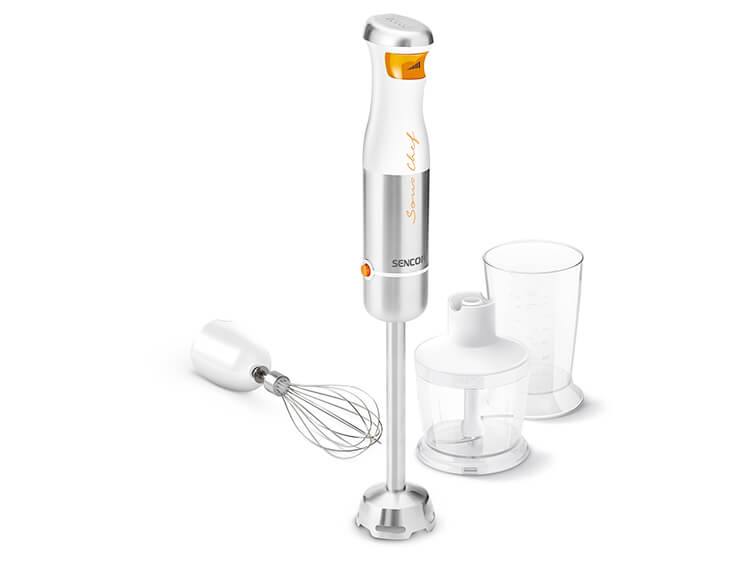
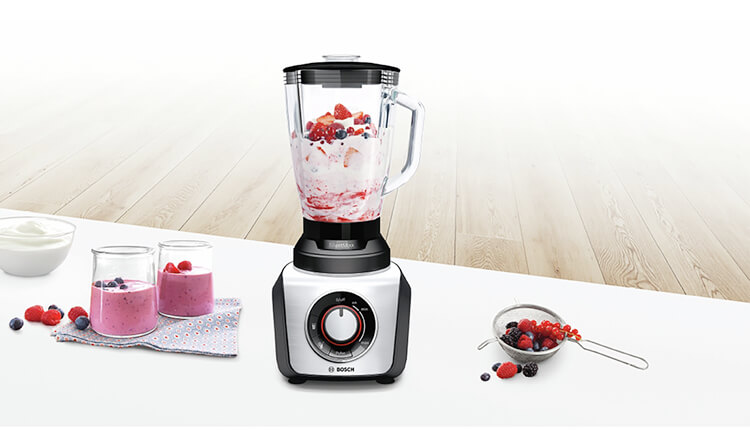
I used the blender in Soviet times and in the 90's, until there were better household appliances. Now the mixer is in the cabinet and is only used for grinding spices and making powdered sugar. Everything else I do in the food processor and with the help of an immersion and stationary blender. All this equipment saves my precious time and allows me to prepare delicious, varied and healthy food.
Now of course there are a lot of different devices that facilitate the work in the kitchen and improve the quality of cooking. And of all the variety of devices to choose the one that best meets the needs. And despite the fact that many devices are equipped with nozzles for different functions, not all of them still do not perform them qualitatively. So I use a blender for chopping food, meat, vegetables and nuts. For whipping, cream making, for example using a mixer.
I inherited a mixer from my mother-in-law KRUPS, which is 30 years old. Nothing has been changed in this mixer other than the electrical wire. I wouldn't part with it for anything. It still works well. I use it to whip cream, eggs, dough, smoothies. But of course I also have a modern blender with which I chop cooked vegetables and fruit, and raw fruit too. It is also indispensable in the kitchen. They are my real helpers.
I have had more than one blender. But I have never used a blender. Now in the stores there are a lot of quite budget models of submersible blenders. But they are mostly without glasses. I can put a blender in any bowl. What about a blender? Do you need a special dish for it or can I use it in any pot, just like with a mixer? To spend money on a model that has such a cup without neobhodimosti do not want to.